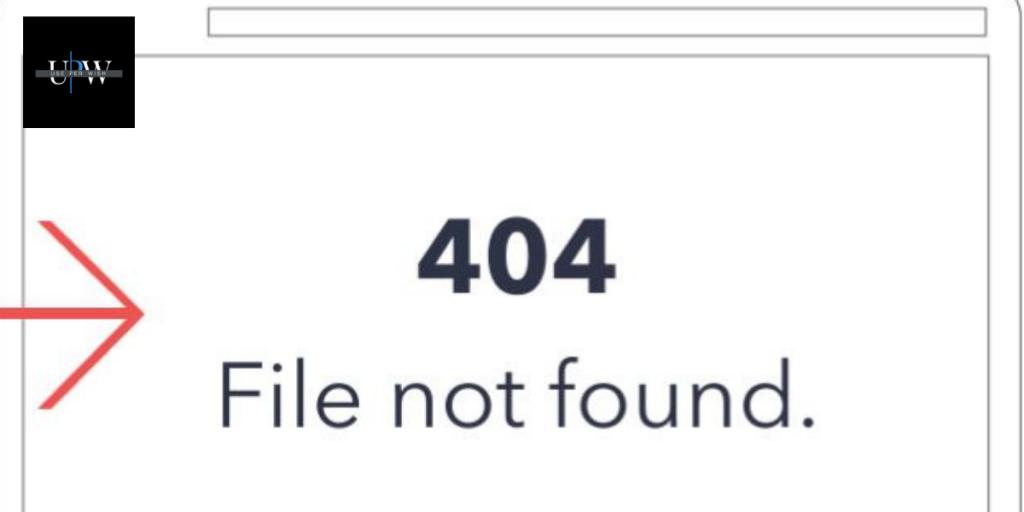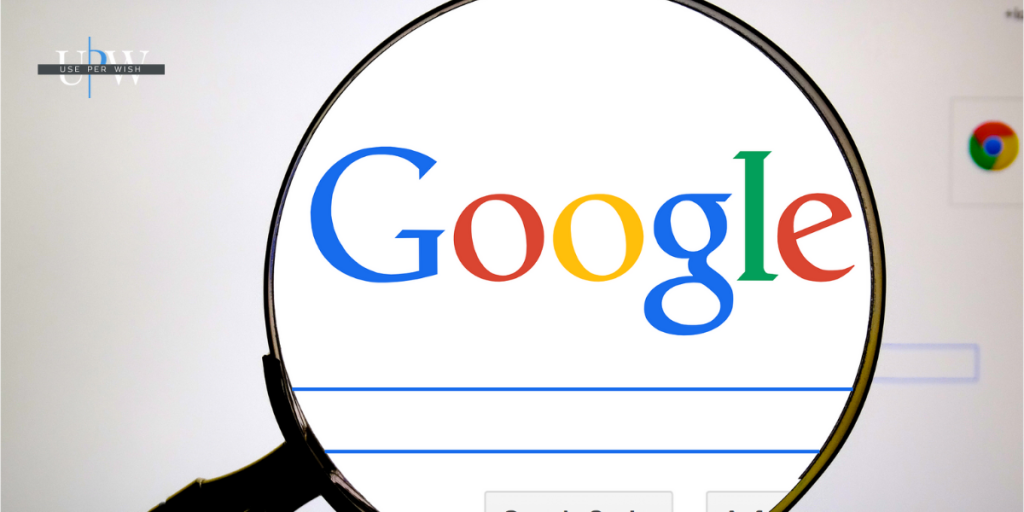03Mar 22 The Ultimate On-Page Seo Guide For 2022 With Checklist
We cannot stress enough the importance of organic traffic and its wonders for our businesses in the long run. Search Engine Optimization is what helps us tap into this organic traffic.
The whole SEO process comprises on-page and off-page optimization involving a lot of technicalities, different ranking factors, and an understanding of various concepts.
That is why today, we shall try to understand on-page SEO and its importance in depth.
For this purpose, we have prepared an ultimate on-page SEO checklist for 2022 that will also help you improve your website’s SEO.
WHAT IS ON-PAGE SEO?
On-page SEO is the practice of optimizing your web pages’ content, suitable for the search engine and users, to make it rank higher in search engine rankings and earn organic traffic.
WHY IS ON-PAGE SEO IMPORTANT?
People always talk about link building whenever a discussion about SEO comes up. There are so many online resources about good and bad links, but there is much more to SEO than link building.
It helps the search engine understand and determine whether your website and content are relevant to the search query.
We can actually make vast improvements by simply fixing our website and fine-tuning our content. The best thing about on-page SEO is that you have full authority to optimize it since it is on your website.
Even though Google has brought in new algorithms and metrics into the ranking factors, it still looks for keywords, links, and tags on your web pages.
So on-page SEO is still significant for your website.
THE ULTIMATE ON-PAGE SEO CHECKLIST FOR 2022
Here is everything you need to know about on-page SEO
Crawling and Indexability of your website
One of the prerequisites of getting your website ranked on Google’s search engine is getting it crawled and indexed. The Google bot crawls on your website, collects information, and then indexes that information to rank them in the search engine later, based on various ranking factors and algorithms.
Through the robot.txt file, you can guide the search engine bots to crawl important areas of your website and exclude areas that you want to keep excluded.
Next, check if your XML sitemap, which consists of all the list of webpages on your website, is complete without any page being missed out. Further, check for Noindex and nofollow tags on your web pages because they can obstruct the page from indexing.
Check your website for mobile-friendliness
The most significant web traffic online comes from mobile users, so the website’s mobile-friendliness is one of the most important Google ranking factors.

Having a mobile-friendly website means that your website should work properly on a mobile device without any page loading or speed issues. These factors are important to Google and affect your ranking in SERP.
To evaluate your website’s mobile-friendliness, you can run a simple Google Mobile-Friendly Test. The test results will automatically show you issues if there are any, and how to fix them.
You can even remove any incompatible extensions and any large content that does not fit the mobile view.
Optimize mobile user experience
Mobile user experience and mobile-friendliness are not the same. Making your website mobile-friendly involves dealing with the back-end technical work for the website to function smoothly on mobile devices. Mobile user experience, on the other hand, is about how well users are able to navigate your website.

The website speed, image loading, content placement, and spacing between different elements on the web page affect the user experience. If a user has a bad experience on your website, the dwell time (average session duration) will be less. As a result, the bounce rate (percentage of visitors who exit the website after just viewing one web page) will be high.
This is why mobile user experience is detrimental to your website’s performance and ranking.
You need to take care of all these points to render a great user experience and keep your website optimized. It will be helpful if you check these aspects regularly to boost your site rank.
Check your core web vitals
Google introduced three metrics in May 2021. These three metrics are considered the core web vitals that impact your website’s performance. They are:
Loading: Largest Contentful Paint (LCP):
A web page consists of various types of content and each one has its own loading speed depending on its size.
How quickly the different elements on your web page load, is an indicator of a good performing website.
Google measures the time taken by the largest content on your web page to load as a performance metric and this is called Largest Contentful Paint (LCP).
LCP is considered as a core web vital, important for user experience. According to Google a loading time of 2.5 seconds or faster is a good result.
Interactivity: First Input Delay (FID):
First Input Delay is all about making the first good impression. It is the time taken by the browser to respond to the user’s first click made on the web page. A faster response speed means a positive experience for the user. Google’s metric is less than 100 milliseconds, so anything above needs to be optimized.
Visual Stability: Cumulative Layout Shift (CLS):
This metric shows how visually stable your website is when different elements load onto the screen. Google compares the frames to determine the movement of the component and, based on it, scores your website. A score below 0.1 is good, and anything above that needs work to be done.
Identify and fix your broken links

Google’s bot crawls your website through the various links available on the different web pages. If any one of the links is not working correctly, the bot will not be able to crawl all the other pages available through that link. It majorly affects the crawlability of your website and the bot will consider your website poorly maintained due to all the interruptions in crawling.
A lot of time, 404 errors appear because of broken links, which can get fixed quickly. All you need to do is audit your website to identify all the broken links and missing URLs, consequently redirecting them to the correct or an alternative URL using 301 redirects.
Optimizing your URL
Your website’s URLs should be uniform in structure. It helps the crawl bots access your URL easily and crawl your website faster. Similarly, make sure your URLs are descriptive enough to help the users orient themselves to the website’s content.
Avoid using excessive numbers or hyphens in your URL. Make sure to use your primary keywords to help bots identify the content on the webpage better. And also, keep in mind that the shorter the URLs, the easier it is to remember and share on social media. So optimize your URL accordingly.
Click paths and breadcrumb navigation
People dislike having to go through things the roundabout or the long way. This is true when it comes to the website too.
Usually, many people just leave from the homepage or the page they land on.
This is why we need to make sure that whatever information they come looking for is easily available in the shortest way, reachable within 3-4 clicks.
You can make this even easier for them by adding a search option through which they can directly look for what they want.
Include breadcrumbs (a trail of each page the user has visited) so that users can easily navigate.
Having a short click path not only makes website navigation convenient for your users but also makes crawling easy for search engine crawlers.
Internal linking your web pages
Search engine bots crawl your website using the internally available links on your website.
Internal links are like bridges that direct you to another web page or resource within the same website. Your web pages receive link juice from other web pages through proper internal linking.
Link juice is the value of your web page that gets passed on from one page to another if they are appropriately linked.
To simply put, imagine it as a connection on a circuit board. If the connection breaks anywhere in the middle then the electricity won’t get passed through.
So this is why you need to check whether all your pages are correctly linked, and there are no broken links that can interrupt crawling. Use redirection to fix the broken links and update your sitemap to include all the important web pages. It will make crawling easier for search engine bots.
Adding structured data to your website
Structured data is a standardized format of presenting data that users and programs quickly access. It provides clues to the search engine to understand and store your data to show it later when a related query is triggered.
You can use schema markup (the language of the search engine that uses unique vocabulary) or other forms of microdata to add structured data to your website. With structured data, your website can feature snippets too.
Carrying out keyword research
We cannot stress enough the importance of keywords in SEO. Choosing the right keywords is crucial to getting your website ranked and identified online. That is why you need to carefully research keywords users are searching for online—shortlist top-performing keywords for your website to rank higher and get more traffic.
There are many different tools like Google Keyword Planner, Google Trends, Ahrefs, SEMrush, and Ubersuggest available online to help you for this purpose.
Optimize your title and meta description
On the SERP, the first thing a user sees is your URL, title, and meta description. That is why you need to have a proper title and meta description as it appears on the snippets.
Your page title and meta description should reflect the content and intent of the page. Keep them crisp and concise. Your title should be limited to 70 characters. Make sure to include your primary keywords to increase your chances of ranking.
For meta descriptions, 150–160 characters are the recommended length, again with a keyword and a call-to-action that would encourage users to click on your page.
Make use of headlines
Headlines give your content a solid structure, make it readable for users, and help crawl bots find what your content comprises.
So, create unique headlines for your content and make sure to use proper header tags.
A great way to make use of them is to have one unique H1 tag for a page targeting a primary keyword, whereas the other header tags can consist of variations of your primary keyword. Also, header tags should not be used to format the font size.
Identify and eliminate duplicate content.
Using too much of the same content and keywords throughout different pages of your website leads to what is called cannibalization. Google’s Panda and Penguin algorithm updates brought strict measures against such practices by penalizing the website.
Targeting the same keywords in the different web pages can confuse the crawlers when it comes to determining the best search result among the URLs. So it can end on a low-quality webpage and end up scoring your whole website low despite you being on a higher rank earlier.
Some ways to handle duplicate content are redirections and adding canonical tags (tells the search engine the right URL to rank) to your web pages. Alternatively, you can also prefer not to index your page containing duplicate content by using noindex tags if the page’s existence is necessary, but ranking it on Google is not required.
Modify and improve your existing content
Every year, Google brings new changes and algorithms, so you always need to keep yourself updated and your website.
To rank them higher, some people tend to publish more and more new content across their web pages. Instead, you can focus on the pages already ranking in positions 11–30. Optimize and improve the existing content on those web pages to gradually push them among the top 10.
Keep your highest-ranking content up-to-date and track the KPIs (performance yardsticks) to see how it performs.
This way, you can make use of your already existing content instead of having to toil and come up with new ones or write something from scratch again.
Optimize your pictures for image searches

Many of us do not pay enough attention to image searches, so everything on the website seems to be done perfectly, but the alt tags will be missing. Alt text helps the crawl bots interpret your image and enables text-to-speech software to understand the image and aid the visually impaired.
So go ahead and use the alt attributes and add in essential keywords for the texts while making sure you describe what the image illustrates.
Upload images in mobile-friendly formats and use compression tools to resize bigger images. This way, you keep your images optimized as well.
Rich snippet and featured snippet
Snippets have a lot of potentials, especially with the booming popularity of voice search.
Rich snippets are information that Google pulls from your website’s structured data and displays when you rank in the SERP. These snippets provide information like ratings, reviews, images, carousels, and so on, which are way more eye-catching to users than just the standard blue link.
On the other hand, featured snippets help your website rank above the organic results in the first SERP. It is also known as position zero.
Both types of snippets make use of structured data, as discussed before, on your website to present the information. So if your website data is not structured, get it done.
Schema Markup in the JSON-LD format is mostly recommended, as it is easy to use, to add structured data to your website, but Google also supports other formats.
Now that you have learned how on-page SEO positively impacts your website use our checklist to prepare a solid on-page SEO strategy for 2022.
On-page SEO is vital in getting your website ranked, but preparing a plan that encompasses every little aspect and keeping track of every new algorithm update by Google can be difficult.
That is why you need to have an expert on board who can guide and advise you on the necessary actions to take.
Connect with Use Per Wish SEO team today to get everything on this on-page SEO checklist ticked for your website.




